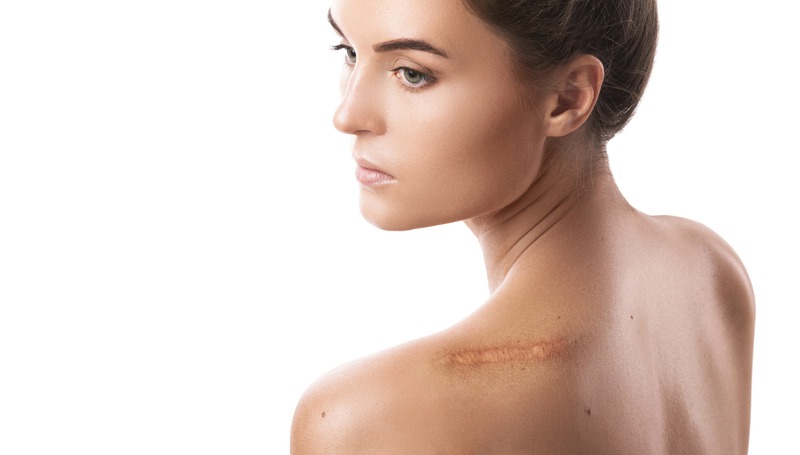Scars can tell stories of adventures, mishaps, or even surgeries. But what if you’d rather keep those stories hidden? Today, there are numerous methods to treat scars, and many people wonder how effective these treatments are in the long run. Let’s explore how these treatments work and whether they stand the test of time.
Types of Scar Treatments
Various methods target different kinds of scars, and the choice often depends on the type and age of the scar. Here’s a look at some popular options:
-
Topical Treatments: Creams, gels, and silicone sheets can help improve scar appearance.
-
Injectable Treatments: Steroid injections can reduce inflammation and flatten raised scars.
-
Laser Therapy: Uses focused light to remove or reduce scar tissue.
-
Surgical Options: Sometimes, minor surgery may be required to alter, reduce, or remove a scar.
-
Skin Needling: A type of microneedling that promotes collagen growth to improve scar texture.
How Does Laser Therapy Work?
Laser therapy is a popular choice for scar treatment. It works by sending concentrated beams of light into the scar tissue, promoting collagen production and retexturing the skin. This can make scars less noticeable over time. Is this method effective long-term? Many believe so. Patients often report a significant improvement after several sessions.
Is It Safe?
Laser treatments are generally safe when performed by a qualified professional. However, to minimize risks such as redness, swelling, or discoloration, it’s essential to follow post-treatment care instructions.
Surgical Options for Scar Removal
In some cases, surgical removal might be the best route. This is usually considered for deeper scars or when other treatments haven’t been effective. A healthcare provider may suggest surgery to either excise the scar or reposition it less visibly. Although more invasive, surgery can be a more permanent solution for some scars.
The Role of Topical Treatments
Topical creams and ointments provide a non-invasive way to fade scars over time. Ingredients such as silicone, vitamin E, and hyaluronic acid can be beneficial. Though effective for superficial scars, it’s important to understand that results might vary depending on the severity and age of the scar.
Injectable Treatments: Quick Fix?
Some scars, especially keloids, may respond well to steroid injections. These injections can flatten scars and reduce their appearance. However, they may require repeated sessions, and results can vary. Always consult with a healthcare provider to determine the best approach for your particular situation.
The Effectiveness of Microneedling
Microneedling, or skin needling, uses a device with tiny needles to puncture the skin lightly. This encourages collagen growth, which can improve the texture and appearance of scars. Over time, those who’ve undergone microneedling often notice a smoother skin surface.
What About Natural Remedies?
While some prefer natural remedies like aloe vera or coconut oil, scientific backing for their effectiveness is limited. They might offer some comfort and slight improvement, but for prominent scars, professional treatments tend to yield better results.
Managing Expectations: What Can You Achieve?
While many treatments promise to reduce the appearance of scars greatly, it’s vital to have realistic expectations. Scars may improve but rarely disappear entirely. A healthcare professional can provide a more accurate prediction based on the specific treatment and your unique scar.
Long-Term Effectiveness: What Studies Say
Research has shown varying results depending on factors like the type of scar and treatment used. For instance, laser treatments have been effective for many, but results can differ between individuals. Scar treatment in Dublin, OH, has seen various success rates, with many patients reporting long-lasting improvements.
Laser Treatments for Skin Conditions
Laser therapies aren’t just for scars. Laser melasma treatment has gained popularity for addressing pigmentation issues. It works similarly to scar treatment by targeting specific areas of concern, proving versatile in its applications.
Choosing the Right Treatment for You
Not all treatments will work for everyone. It’s crucial to consult with a dermatologist or medical professional to determine the best course of action based on your skin type and scar characteristics.
Recovery and Aftercare
What to Expect Post-Treatment
After undergoing scar treatments, you might experience some temporary side effects such as redness or swelling. Adhering to aftercare instructions is crucial to avoid complications and ensure the best results.
-
Keep the treated area clean and moisturized.
-
Avoid sun exposure to prevent discoloration.
-
Follow any additional instructions provided by your healthcare professional.
For those who opted for acne laser therapy, proper skincare and sun protection can support effective healing and maximize results. Investing in high-quality skincare products might also complement your treatment process.
Final Thoughts
Scar treatments offer promising options for those looking to reduce visible scars. From topical solutions to surgeries, each method has its advantages and limitations. The key to choosing the right treatment is understanding your specific needs and consulting with experts in the field. With patience and the right approach, achieving long-term results is definitely possible.



